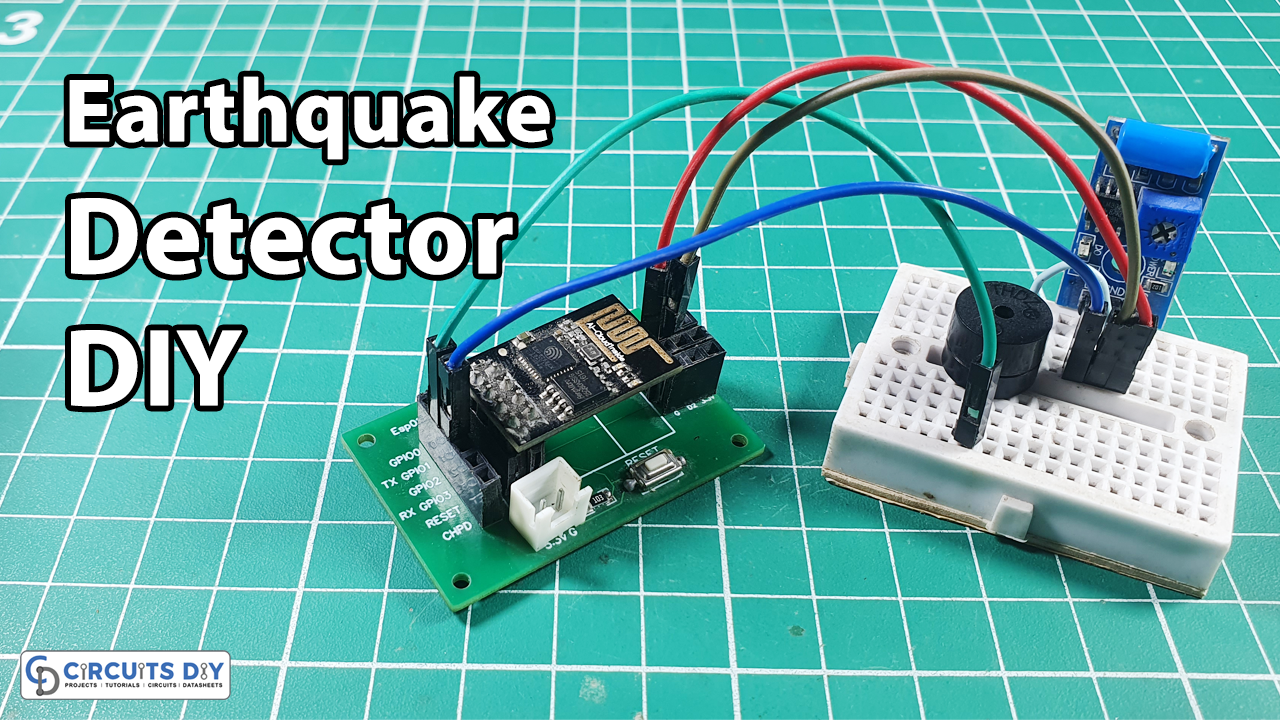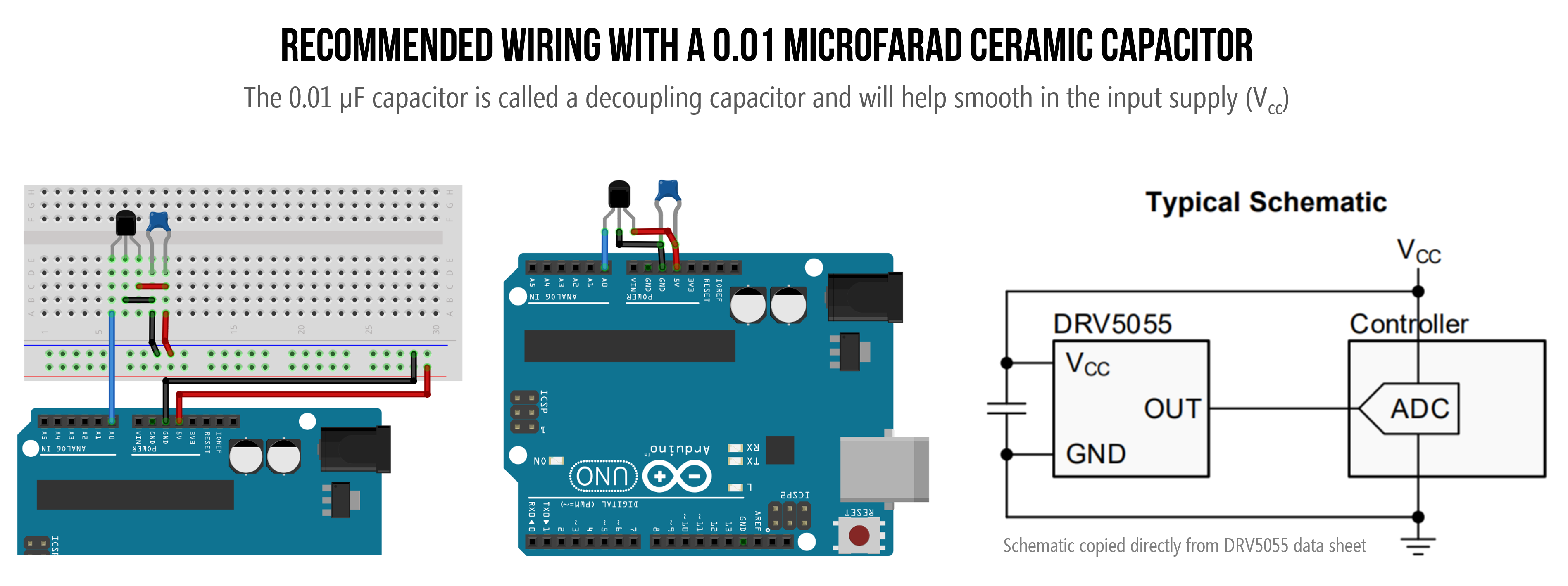How to Use a PPG Sensor for Heart Rate Monitoring
Heart rate monitoring is an essential aspect of maintaining good health and fitness. One of the most popular tools for monitoring heart rate is a PPG sensor. In this article, we will discuss how to use a PPG sensor effectively for heart rate monitoring.
What is a PPG Sensor?
A PPG (Photoplethysmogram) sensor is a non-invasive device that measures the changes in blood volume at a specific point in the body, typically using light. It is commonly found in fitness trackers, smartwatches, and medical devices to monitor heart rate.
How Does a PPG Sensor Work?
A PPG sensor emits light into the skin and measures the amount of light that is reflected back. As blood flow changes with each heartbeat, the amount of light absorbed by the skin changes, allowing the sensor to detect the heart rate.
Steps to Use a PPG Sensor for Heart Rate Monitoring
1. Choose the Right PPG Sensor Device
Before using a PPG sensor for heart rate monitoring, it is essential to choose the right device. Look for a reliable and accurate sensor that is compatible with your smartphone or other devices.
2. Place the Sensor Correctly
When using the PPG sensor, make sure to place it on a clean and dry area of your skin, such as the wrist or finger. Ensure that the sensor is snug but not too tight to avoid inaccurate readings.
3. Connect the Sensor to Your Device
Most PPG sensors connect wirelessly to your smartphone or other devices via Bluetooth or another wireless technology. Follow the manufacturer’s instructions to pair the sensor with your device.
4. Start Monitoring Your Heart Rate
Once the sensor is properly connected, start the heart rate monitoring app on your device. Follow the on-screen instructions to begin monitoring your heart rate in real-time.
Tips for Using a PPG Sensor
- Ensure the sensor is snug but not too tight.
- Keep the sensor clean and dry to ensure accurate readings.
- Follow the manufacturer’s instructions for optimal performance.
- Regularly check the sensor’s battery life to avoid interruptions in monitoring.
By following these steps and tips, you can effectively use a PPG sensor for heart rate monitoring. Remember to consult with a healthcare professional if you have any concerns about your heart rate or overall health.
Monitor your heart rate regularly to track your fitness progress, improve your workouts, and ensure your overall well-being.
How to Use a PPG Sensor for Heart Rate Monitoring
Heart rate monitoring is an essential aspect of maintaining good health and fitness. One of the most popular tools for monitoring heart rate is a PPG sensor. In this article, we will discuss how to use a PPG sensor effectively for heart rate monitoring.
What is a PPG Sensor?
A PPG (Photoplethysmogram) sensor is a non-invasive device that measures the changes in blood volume at a specific point in the body, typically using light. It is commonly found in fitness trackers, smartwatches, and medical devices to monitor heart rate.
How Does a PPG Sensor Work?
A PPG sensor emits light into the skin and measures the amount of light that is reflected back. As blood flow changes with each heartbeat, the amount of light absorbed by the skin changes, allowing the sensor to detect the heart rate.
Steps to Use a PPG Sensor for Heart Rate Monitoring
1. Choose the Right PPG Sensor Device
Before using a PPG sensor for heart rate monitoring, it is essential to choose the right device. Look for a reliable and accurate sensor that is compatible with your smartphone or other devices.
2. Place the Sensor Correctly
When using the PPG sensor, make sure to place it on a clean and dry area of your skin, such as the wrist or finger. Ensure that the sensor is snug but not too tight to avoid inaccurate readings.
3. Connect the Sensor to Your Device
Most PPG sensors connect wirelessly to your smartphone or other devices via Bluetooth or another wireless technology. Follow the manufacturer’s instructions to pair the sensor with your device.
4. Start Monitoring Your Heart Rate
Once the sensor is properly connected, start the heart rate monitoring app on your device. Follow the on-screen instructions to begin monitoring your heart rate in real-time.
Tips for Using a PPG Sensor
- Ensure the sensor is snug but not too tight.
- Keep the sensor clean and dry to ensure accurate readings.
- Follow the manufacturer’s instructions for optimal performance.
- Regularly check the sensor’s battery life to avoid interruptions in monitoring.
By following these steps and tips, you can effectively use a PPG sensor for heart rate monitoring. Remember to consult with a healthcare professional if you have any concerns about your heart rate or overall health.
Monitor your heart rate regularly to track your fitness progress, improve your workouts, and ensure your overall well-being.



